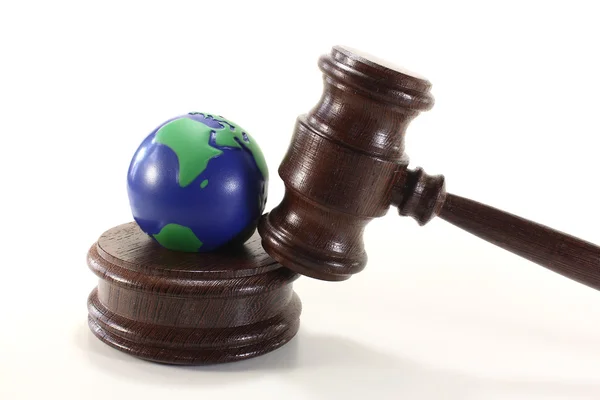The effects of climate change are becoming increasingly evident and alarming. Rising sea levels, melting ice caps, more frequent and severe weather events, and the extinction of species are just a few of the consequences we are witnessing. In response to these threats, the evolution of environmental law has become more crucial than ever before.
The Emergence of Environmental Law
The emergence of environmental law began in the mid-20th century, following the publication of Rachel Carson’s book, “Silent Spring,” which highlighted the environmental damage caused by pesticides. This led to the creation of the Environmental Protection Agency (EPA) in the United States in 1970, which became the first governmental body dedicated to protecting the environment.
Since then, the evolution of environmental law has been shaped by a series of landmark events and global agreements, including the 1987 Montreal Protocol, which aimed to protect the ozone layer, and the 1992 Rio Earth Summit, which resulted in the United Nations Framework Convention on Climate Change (UNFCCC).
The UNFCCC and the Paris Agreement
The UNFCCC was a significant milestone in the evolution of environmental law, as it recognized the importance of collective action in addressing climate change. The UNFCCC established the annual Conference of Parties (COP), where member countries could discuss and negotiate ways to reduce greenhouse gas emissions and mitigate the impacts of climate change.
In 2015, the Paris Agreement was adopted at COP21, which set a goal of limiting global temperature rise to below 2 degrees Celsius above pre-industrial levels. This agreement was significant, as it marked the first time that all countries, including major emitters like China and the United States, committed to reducing their greenhouse gas emissions.
The Role of Environmental Law in Climate Change Mitigation

The evolution of environmental law has played a critical role in mitigating the impacts of climate change. Laws and regulations have been put in place to reduce emissions from various sectors, including transportation, energy, and agriculture.
For example, the Clean Air Act in the United States has been instrumental in reducing air pollution and greenhouse gas emissions from power plants and vehicles. The European Union has also implemented a series of directives, including the Renewable Energy Directive and the Energy Efficiency Directive, which aim to increase the use of renewable energy and improve energy efficiency.
The Future of Environmental Law in the Climate Change Era
The evolution of environmental law is ongoing, and there is still much work to be done to address the challenges posed by climate change. As the impacts of climate change become more severe, there is a growing need for stronger and more comprehensive environmental laws and regulations.
One potential area of focus is the development of international frameworks for addressing climate change. The Paris Agreement was a significant step forward, but there is still a need for a more coordinated global response to the climate crisis.
Another area of focus is the role of the private sector in addressing climate change. Many companies have already taken steps to reduce their carbon footprint, but there is still a need for stronger regulations and incentives to encourage more widespread adoption of sustainable practices.
The evolution of environmental law has come a long way since the mid-20th century, but the challenges posed by climate change require continued progress and innovation. As we move forward, it is essential to recognize the critical role that environmental law plays in mitigating the impacts of climate change and protecting our planet for future generations.

